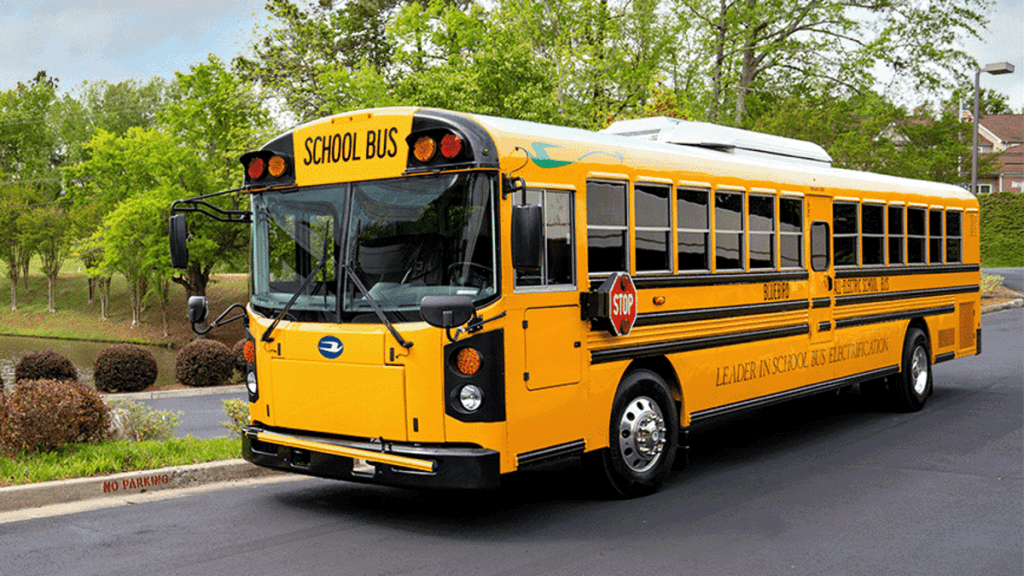California Wants Electric School Buses. Rural Distracts Say They Aren't Feasible

California wants school districts to move from diesel-powered school buses to their electrified counterparts. Governor Gavin Newsom and other state officials have implemented a 2035 requirement that all newly purchased or leased school buses have to be zero-emission. School districts in rural parts of the state don’t see EV buses as a viable option, though, the L.A. Times reports.
A Eulogy For The Jeep Renegade
Even though many of the rural counties in Northern California are Republican and don’t see eye to eye with Newsom or other state Democrats, this is surprisingly not a political disagreement: residents and school officials say that state officials don’t see the limitations of electric buses.
Going electric will be tough for all rural residents, considering the long distances they drive on lonely roads. For the humble yellow school bus, the hurdles are even greater, as are the consequences of running out of juice in the middle of nowhere.
“Would we all love electric buses? Absolutely. That would be great. But they just don’t work for us,” said Assemblywoman Megan Dahle, a Republican from Bieber, a Lassen County town of 260.
Right now, the buses don’t have enough range to cover the distances needed in these areas. For instance, the Quincy High School football team in Plumas County has to play the rival team from Etna High School in Siskiyou County. The only way to get to Siskiyou is through two routes, both of which are over 230 miles. However, the BlueBird electric buses the districts use get only about 93 miles of range according to distract officials, and that’s in perfect weather conditions. They also take 14 hours to charge.
Even a BlueBird official that The Times spoke with recommends their propane-powered buses for longer trips, but that bus wouldn’t be a long-term solution as it wouldn’t be allowed under the zero-emission bus ban in 2035.
The electric buses that have been used by these rural districts aren’t the most reliable, either. Some have dangerously malfunctioned:
The first Blue Bird electric bus, which arrived in summer 2020, sometimes sped up too quickly when the motor surged. Other times, it went into “limp mode,” where it crept along but wouldn’t accelerate.
It has been repeatedly hauled away — on a flatbed trailer pulled by a diesel truck — and has spent months undergoing repairs, according to Remley.
Bishop Unified’s second electric Blue Bird came a few months later.
“The second bus worked a lot better. Until it caught on fire,” Remley said.
The cause of that fire is still being investigated. Officials in these rural areas aren’t opposed to using electric buses given the mountainous regions they live in; they see the environmental need. They just think state officials aren’t being realistic.
Even with grant money to buy the buses, some districts are turning the money down and think the funds would be better spent elsewhere.
“We’re spending billions of dollars on electric buses and watching our forests burn. We’re spending the money on something that isn’t feasible right now,” said one superintendent. Read more about the electric bus ordeal over at the L.A. Times.



